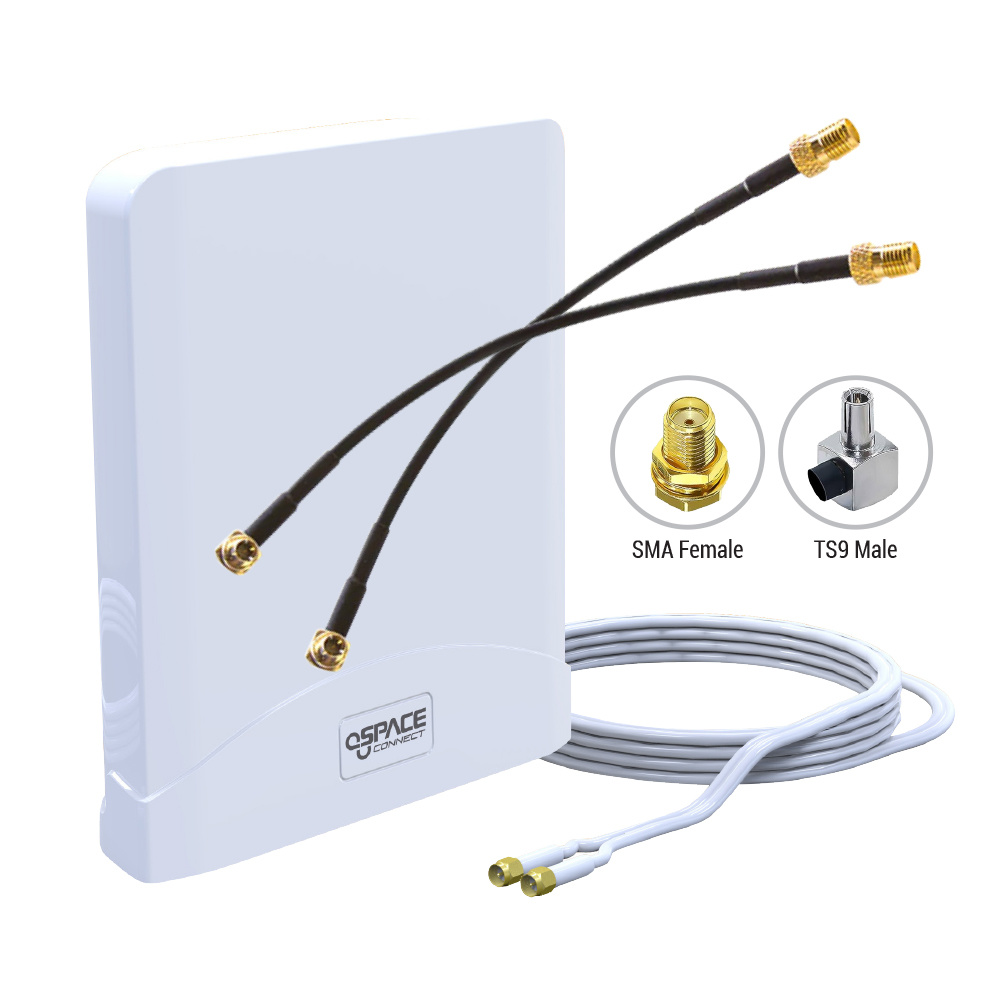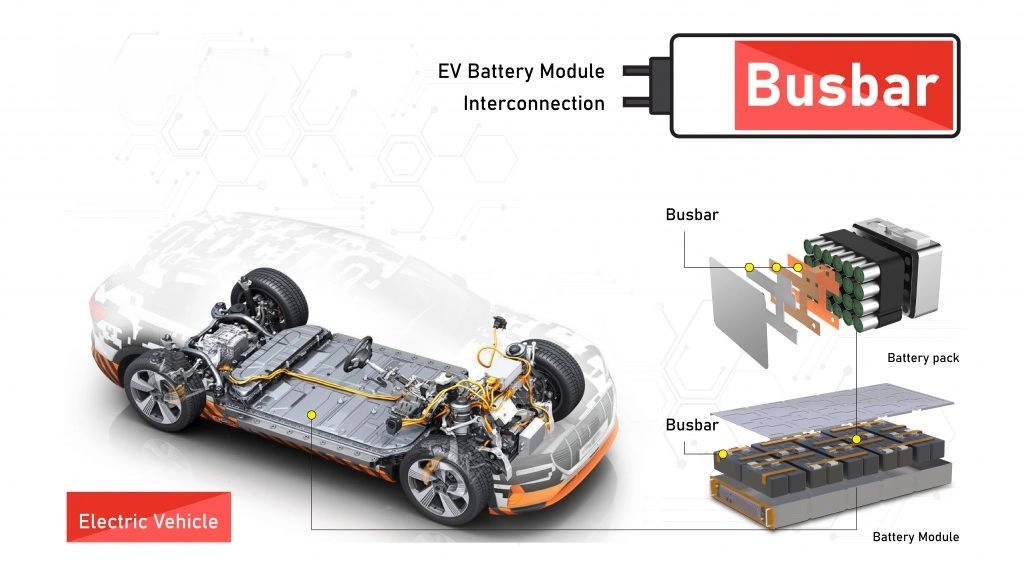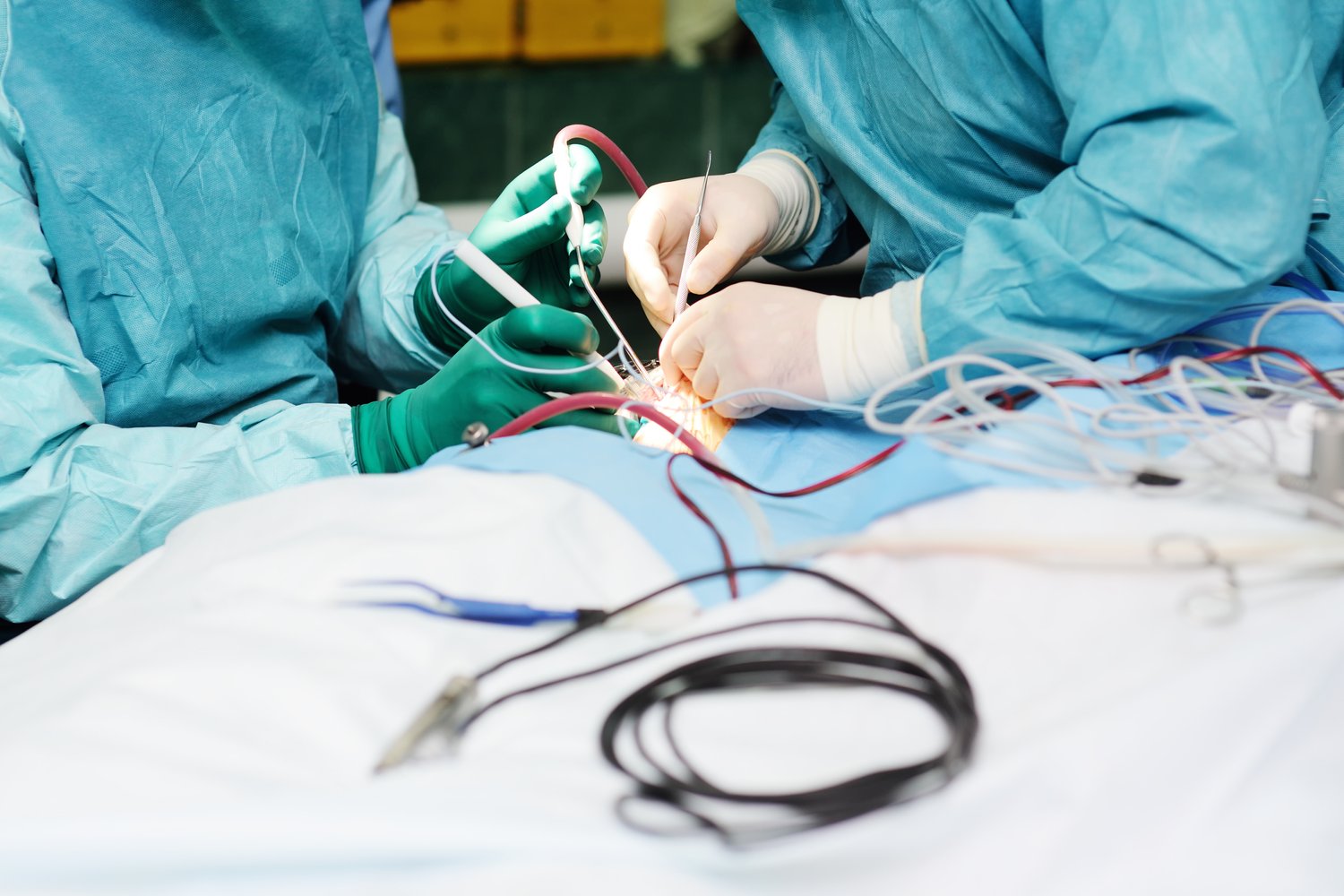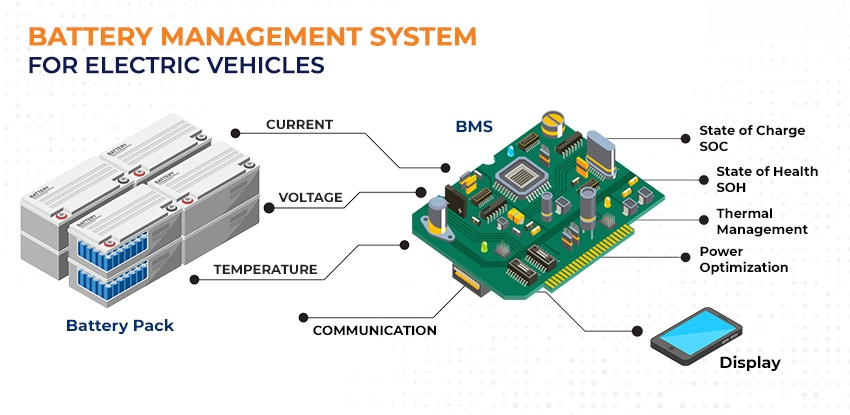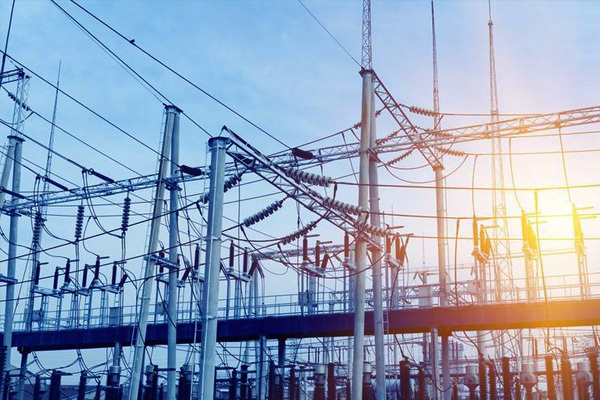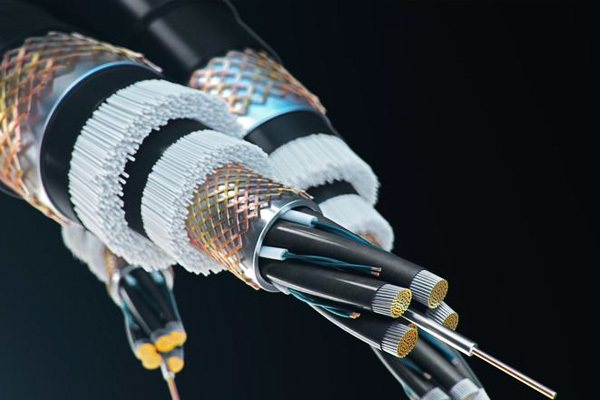High-Strength CuCr1Zr Alloy Wire for EV Power Connectors and Busbar Systems
Release time:
2025-07-08
As electric vehicles (EVs) move toward higher power densities, faster charging, and compact packaging, the materials used in their power interconnect systems—such as busbars and terminals—face extreme thermal and mechanical demands. One alloy rising to meet these challenges is CuCr1Zr (Copper-Chromium-Zirconium), known for its rare balance of high conductivity and strength, making it ideal for EV inverter busbars, charging port terminals, and power distribution blocks.
What is CuCr1Zr?
CuCr1Zr, standardized as UNS C18150 or CW106C, is a precipitation-hardened copper alloy containing small amounts of chromium (~0.6–1.2%) and zirconium (~0.03–0.3%). Its properties include:
Electrical conductivity: ≥ 80% IACS
Tensile strength: 400–550 MPa (after aging)
Softening resistance: Stable above 250 °C
Excellent oxidation and arc erosion resistance
Good weldability and dimensional stability
📖 SLM Solutions – CuCr1Zr Material Data Sheet (PDF)
📖 Met3DP – CuCr1Zr: Best Copper Alloy for High-Temperature Performance
Why It Matters for EV Busbars and Power Terminals
Unlike pure copper or brass, which soften significantly under thermal stress, CuCr1Zr retains mechanical strength and contact reliability in high-temperature environments (up to 300 °C). This makes it ideal for:
Inverter DC/AC busbars
Fast-charging interface contacts
On-board high-power distribution blocks
Crimped and bolted power terminals
Its elevated softening temperature and arc resistance reduce the risk of contact failure, overheating, or thermal cycling fatigue.
Application Highlight: EV Inverter Busbars
Inverters are central to EV propulsion, converting battery DC into AC for the motors. Their internal busbars must handle large currents and high switching frequencies without deforming or losing conductivity. CuCr1Zr offers:
High dimensional stability during thermal expansion
Low oxidation rate at interface joints
High torque resistance during terminal fastening
📖 Aurubis – CuCr1Zr Data Sheet for Connectors & Busbars (PDF)
Property Comparison: CuCr1Zr vs Pure Copper
| Property | Pure Copper (C11000) | CuCr1Zr (C18150) |
|---|---|---|
| Electrical conductivity (% IACS) | ~100 | ≥ 80 |
| Tensile strength (MPa) | ~210 | 400–550 |
| Softening temperature (°C) | ~200 | ≥ 250 |
| Oxidation resistance | Moderate | Excellent |
| Thermal fatigue resistance | Moderate | Excellent |
CuCr1Zr offers a superior balance of electrical and mechanical performance in high-power EV environments.
Mosstee's CuCr1Zr Alloy Wire Solutions
At Mosstee, we manufacture and supply CuCr1Zr alloy wire tailored for power applications in e-mobility:
Available in round wire, flat profiles, and custom dimensions
Various hardness conditions (soft, half-hard, hard) for forming, brazing, or crimping
Quality-assured through purity, grain structure, and conductivity testing
Coil or spool formats, with full traceability and mill certificates
For technical datasheets or application advice, contact us.
Conclusion
As EV systems become more compact, efficient, and thermally demanding, materials like CuCr1Zr alloy wire are essential to ensure performance, safety, and durability. Its combination of high conductivity, strength, and temperature resistance makes it one of the most promising conductor materials for next-generation EV connectors and power systems.
Recent information
*Attention: Please ensure accurate information filling and maintain smooth communication. We will contact you as soon as possible
Contact Us
Tel: +86-519-88804400
Mobile: +86-13337881658
E-mail: hbwong@mosstee.com
Address:#8, Hongzhuang Industrial Zone, Yaoguan Town, Jingkai District, Changzhou, 213011 Jiangsu, China
Copyright © 2025 Mosstee (Changzhou) Technology Co., Ltd.



